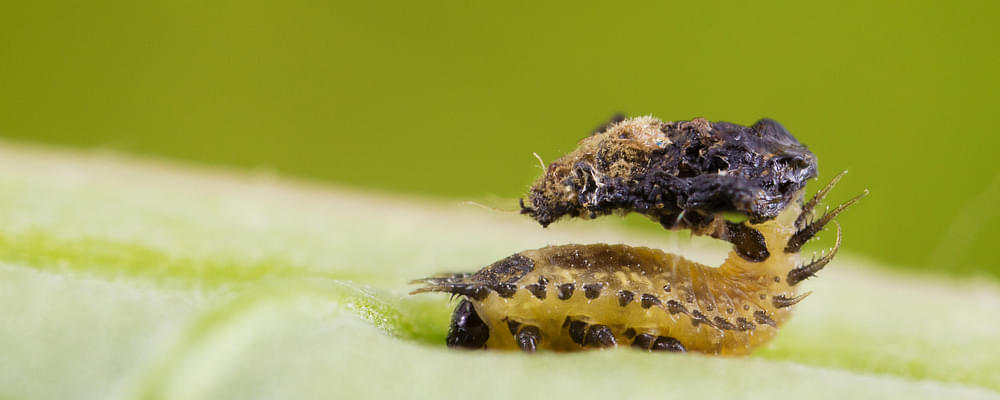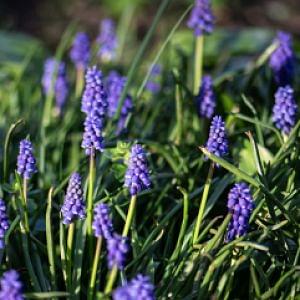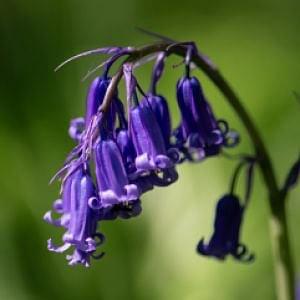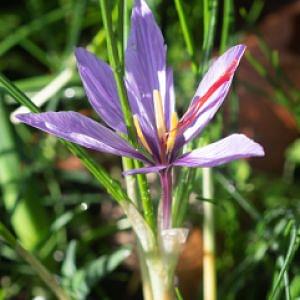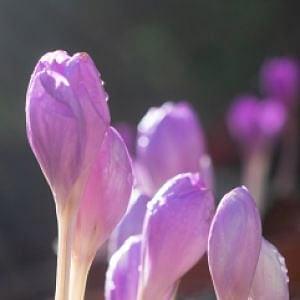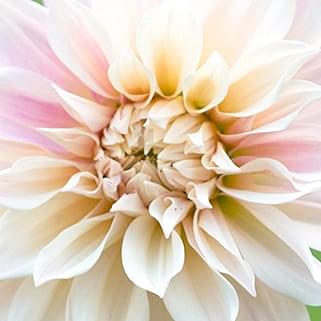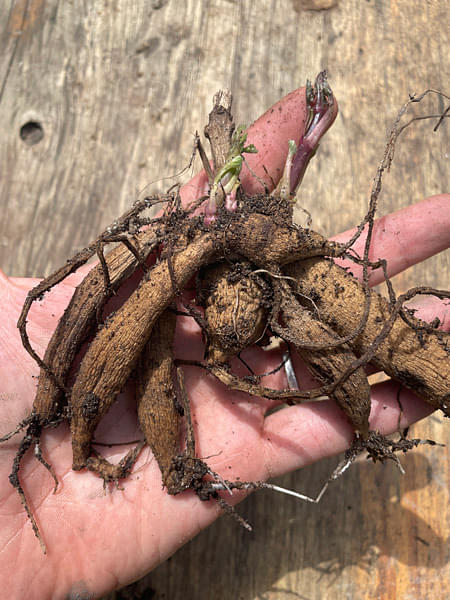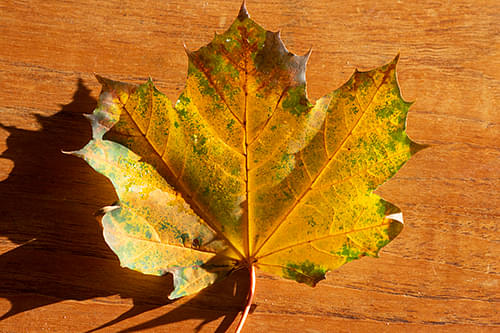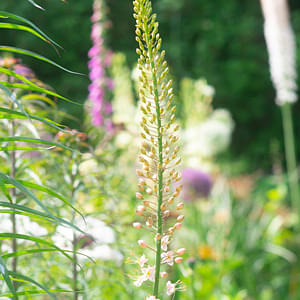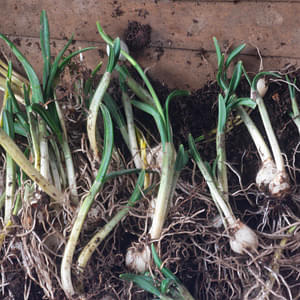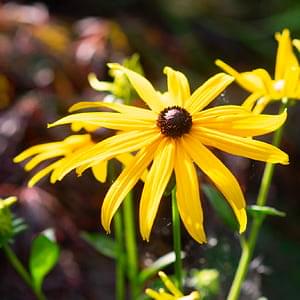Bees, pollinators and more with Helen Bostock
- Stephen Teeuw
- Gardening Tips
- 8 Nov 2023
-
20views
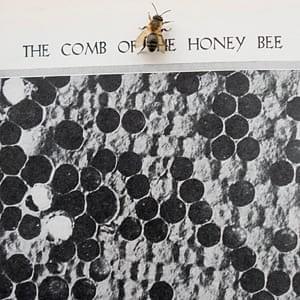


An interview with Helen Bostock, Senior Wildlife specialist for the RHS
As a bulb supplier we are keen to promote plants and bulbs that will create habitats for bugs. We know that alliums are great for bees but what about the rest? Different flowers will encourage a broader diversity and therefore we suggest you plant as much as you can!
With our gardens, we have the potential to create beneficial environments for creatures to live in, when so much of their natural habitat is under threat.
It’s time to put the bug spay and pesticides away and think about how your garden can become an environmental island.
We reached out to Helen co-auther of Enhancing gardens as habitats for flower-visiting aerial insects (pollinators): should we plant native or exotic species?
‘Gardens may seem small and inconsequential but they are invaluable pockets of green space, especially in urban areas, full to the brim with a rich diversity of plants and animals. With good plant choice and some tweaks to management practice, our extensive network of gardens in the UK can play a crucial role in supporting biodiversity and in turn bring us great joy and health benefits.’
Many people might be put off by reading a research paper. How would you make your research simple for gardeners to understand, and how can they use it in their garden?
I totally get that wading through scientific papers and even their write-ups can be hard going, especially when you just want to jump to the nitty-gritty of ‘what should I do in my own garden’! For that reason we summarised the practical application for gardeners on our online advice pages, one page for each group of invertebrates that were part of the study;
- https://www.rhs.org.uk/wildlife/native-and-non-native-plants-for-pollinators
- https://www.rhs.org.uk/wildlife/plants-for-plant-dwelling-invertebrates
- https://www.rhs.org.uk/wildlife/native-non-native-plants-for-ground-invertebrates
But if that’s still more than you’ve time to read, here’s an amalgamation of the 10 key messages to get the best out of planting for the little creatures (and with them will come all the bigger stuff!);
- To support pollinating insects include a wide range of plants from different parts of the world (our RHS Plants for Pollinator ‘Plants of the World’ list has been specially put together to help you choose the best plants - https://www.rhs.org.uk/science/pdf/conservation-and-biodiversity/wildlife/plants-for-pollinators-plants-of-the-world.pdf )
- For herbivores include plenty of British native plants
- For a broad range of invertebrates choose more plants from Britain (e.g. English bluebell) and the northern hemisphere (e.g. crocus) than the southern hemisphere (e.g. Nerine bowdenii)
- Pack in lots of flowering plants
- Observe which plants attract pollinators and plant more of them
- Select flowering plants for all seasons
- Let your plants fill out (or alternatively plant generously)…
- …but leave a few bare patches here and there for hunting spiders
- Be relaxed and tolerate some nibbled leaves
- Grow some evergreen plants for winter cover
What is the future of gardening? Should we be changing our attitude to outdoor spaces?
Gone are the days when we can look at our outdoor spaces from just a single-user perspective or a single function, not least because gardens are getting smaller as we become more and more urban and therefore need to fulfil a whole range of needs. Some of those considerations might mean choosing trees that will cope in a more challenging climate, perennials that can survive summer drought or paving that can absorb rainwater run-off to prevent flooding. But it’s also about recognising that we share these green spaces with myriad other species, all of which play a role in the health of our environment. Growing plants is something the RHS feels every person in Britain has the right to do – it brings people joy and a connection with nature – and if we can choose plants and garden in a way that supports rather than conflicts with wildlife, everyone is a winner.

Will the way in which we garden really make a difference?
Yes! Don’t be lulled into thinking your little garden patch is insignificant. When it comes to helping reverse biodiversity loss every climber, every square of long grass and every pot of grape hyacinths will help wildlife. Not only that. When your neighbours see your efforts it can inspire them to do the same and pretty soon your actions can help others change.
Can bulbs play a part? What would you recommend?
Bulbs make excellent fillers, both for space and for season. In sunny winter days you might see queen bumblebees and local honeybees on the wing – for them make sure you have some swathes of snowdrops or spring-flowering crocus to offer pollen and nectar. Follow these with grape hyacinths and normal hyacinths whose bell-shaped flowers attract early bee flies. Tulips are a good pollen source in mid to late spring, when you’ll also want ornamental alliums to kick in. These will be excellent for bees and butterflies. Alliums are easily to pop in between even seemingly full borders. Allium siculum (syn. Nectaroscordum siculum) or Sicilian honey garlic is wonderful for bees though you need to watch where it seeds as it can do a bit of a takeover. Come autumn try underplanting trees or filling some troughs with autumn-flowering crocus and the wonderfully named naked ladies or Colchicum.

Does flower colour have an impact? What are pollinators favourite colours?
I wouldn’t get too het up on colour. Yes, it’s true bees don’t see red but can see further into the blue end of the spectrum including ultra-violet, so can be a little more attracted to blue and purple flowers. But there are lots of other cues and rewards pollinating insects look for in flower selection so I’d recommend getting a whole range of colours including your own personal favourites.

What’s your favourite garden insect?
Oh no, that’s hardly fair to make me pick one! Maybe not my favourite but my current fascination is with the tortoise beetle. There are a few different species in Britain, all with a cool tortoise-like shell as adults. However, it’s the larvae who are most curious. Feeding on plants such as white deadnettle or thistles they protect themselves from predators by building a canopy of their own waste material over themselves – a ‘poo parasol’ if you like! Now don’t tell me you’re not impressed
